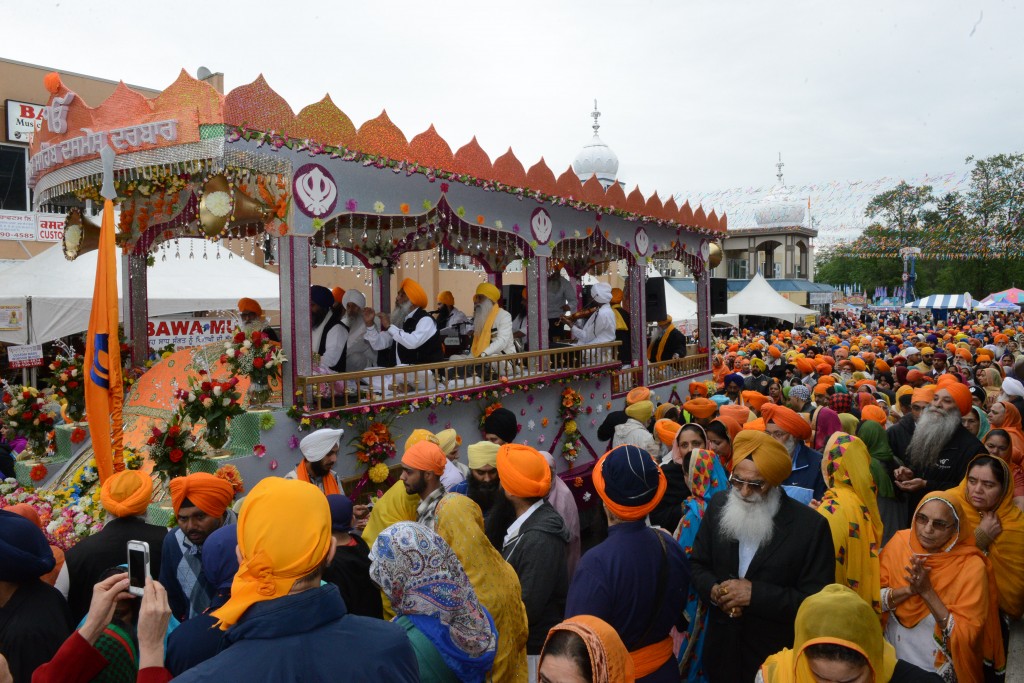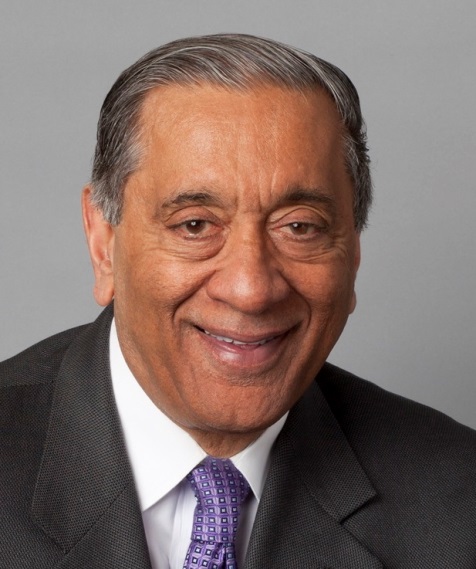DESIBUZZCanada
Events Listings
Dummy Post

International Day Of Yoga To Be Virtually Celebrated Saturday At 4pm

CANCELLED: Coronavirus Fears Kills Surrey’s Vaisakhi Day Parade

ADVERTISE WITH US: DESIBUZZCanada Is The Most Read South Asian Publication Online

SURREY LIBRARIES: Get Technology Help At Surrey Libraries

WALLY OPPAL: Surrey Police Transition Update On Feb. 26

GONE ARE THE DAYS - Feature Documentary Trailer

Technology Help At Surrey Libraries

Birding Walks

Plea Poetry/short Story : Youth Contest

International Folk Dancing Drop-in Sessions
Celebrated Late Indian Photographer Raghubir Singh’s Exhibition In Toronto Triggers Parallel #metoo Exhibition That Accuses Singh Of Rape
- August 14, 2018

Celebrated Indian photographer, the late Raghubir Singh, is being recognised with a major showing at Toronto’s leading museum. But just as his work is on display, another exhibit is running concurrently, this one triggered by allegations of sexual harassment by the master lensman in the 1990s.
TORONTO – Celebrated Indian photographer, the late Raghubir Singh, is being recognised with a major showing at Toronto’s leading museum. But just as his work is on display, another exhibit is running concurrently, this one triggered by allegations of sexual harassment by the master lensman in the 1990s.
‘Modernism on the Ganges: Raghubir Singh Photographs’ is a summer standout at the Royal Ontario Museum or ROM. Organised by the Metropolitan Museum of Art in New York late last year, the retrospective has now travelled to Canada’s largest city.
Deepali Dewan, who curated the exhibit for ROM, told Hindustan Times in an email, “Raghubir Singh made a global impact on the history of photography, as an innovative colour photographer, and yet, as an artist from India, he wasn’t included in this history which tends to be dominated by Western photographers. So by presenting this exhibition at the ROM, we are making an intervention into that history. As well, we wanted to showcase a vision of modern India that reflected its complexity, as captured in Singh’s photographs, and that didn’t reproduce touristic or ethnographic tropes.”
But also travelling along from New York is the shadow cast by accusations of what may have been a negative aspect of that personality. As the exhibit was held there in 2017, city-based artist Jaishri Abichandani alleged she had been raped by Singh in the 1990s, while she was serving as his assistant. That lead to protests, and precipitated the #MeToo and ‘The Arts’ exhibit at ROM, which is free to public and on display near the entrance to the museum.
“We decided that rather than cancel, we would continue with plans to host the exhibition, while at the same time addressing the issues of art in the #MeToo era raised by the allegation,” Dewan explained.
Asked how his creativity will be viewed by visitors given the #MeToo context, Dewan said, “Whether one can appreciate an artwork after learning more about an artist is a personal decision.”
 Singh passed away in 1999, and this allegations come nearly 20 years after his death. However, it is believed that Abichandani had communicated her traumatic experience to those close to her at or near the time the alleged incidents of rape occurred. But fearful of repercussions from a figure of such stature, she never filed an official complaint. She did not respond to an email seeking comment on this matter.
Singh passed away in 1999, and this allegations come nearly 20 years after his death. However, it is believed that Abichandani had communicated her traumatic experience to those close to her at or near the time the alleged incidents of rape occurred. But fearful of repercussions from a figure of such stature, she never filed an official complaint. She did not respond to an email seeking comment on this matter.
The collection featuring Singh’s work, spanning from the 1960s to the 1990s, captures a “time when India was going through profound change”, Dewan said.
Working in colour, at a time when they were often dismissed a kitsch or commercial, “Singh’s images reflect both urban and rural spaces and the unique tension or co-existence of traditional ways of life and modern technology”, she said.
His artistic legacy is very visible at the ROM special exhibit, but as the accompanying display evidences, it is now haunted by the spirit of the #MeToo movement.


















